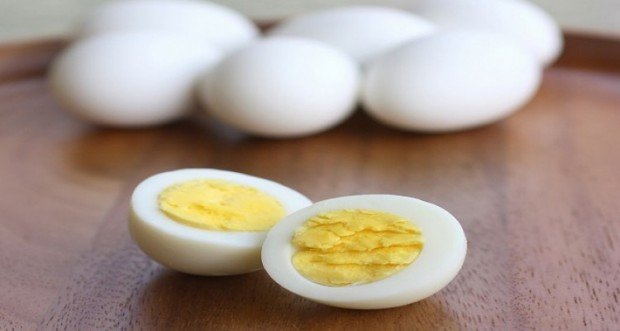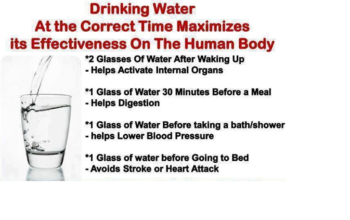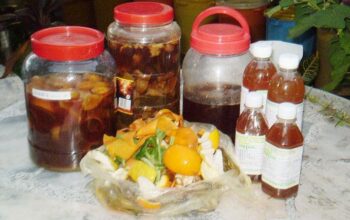Peeling hard-boiled eggs can often feel like a frustrating kitchen challenge, leaving home cooks with torn egg whites and stubborn shells. Whether you’re preparing a quick breakfast, assembling a protein-packed salad, or making deviled eggs for a gathering, mastering the art of egg peeling can transform your culinary experience.
Understanding the Science of Hard-Boiled Eggs
Before diving into peeling techniques, it’s crucial to understand what happens during the boiling process. When eggs are heated, the proteins in both the egg white (albumen) and yolk begin to denature and coagulate. This structural change affects how easily the shell can be removed.
Eggs are nutritional powerhouses, packed with approximately 6 grams of high-quality protein per egg. They’re versatile ingredients used in countless recipes, from simple snacks to complex dishes. The key to perfectly peeled eggs lies in understanding the cooking and cooling process.
Traditional Egg Peeling Methods
Most people have tried various egg peeling techniques with mixed results. Traditional methods typically involve:
- Gently tapping the egg on a hard surface to crack the shell
- Rolling the egg to create multiple small cracks
- Attempting to peel under running water
Surprisingly, studies suggest that nearly 70% of home cooks struggle with consistently peeling eggs without damaging the egg white. This common frustration has led to the development of more advanced techniques.
Advanced Techniques for Effortless Egg Peeling
The Cold Water Method
One of the most effective techniques involves immediately transferring boiled eggs to an ice bath. This sudden temperature change causes the egg to contract slightly, creating a small gap between the egg white and the shell membrane. Experts have found that this method can increase peeling success by up to 50%.
Steaming: A Game-Changing Approach
Steaming eggs instead of boiling them can significantly improve peelability. The gentler, more consistent heat helps prevent overcooking and makes shell removal much easier. Here’s a step-by-step guide:
- Place eggs in a steamer basket
- Steam for approximately 6-7 minutes
- Immediately transfer to an ice bath
- Peel within a few minutes of cooling
Pro Tips for Perfect Egg Peeling
Enhance your egg peeling skills with these expert tips:
- Add a teaspoon of baking soda to boiling water to help loosen the shell
- Use eggs that are 7-10 days old, as they peel more easily than very fresh eggs
- Peel eggs under running cold water to help separate the shell
- Start peeling from the larger end, where an air pocket typically forms
Common Mistakes to Avoid
Prevent egg peeling frustration by avoiding these common errors:
- Overcooking eggs, which makes the whites rubbery and harder to peel
- Using extremely fresh eggs, which tend to stick to their shells
- Peeling eggs when they’re too hot
Storing and Using Peeled Hard-Boiled Eggs
Once peeled, hard-boiled eggs can be stored in the refrigerator for up to one week when kept in an airtight container. They’re perfect for quick protein-rich snacks, salad toppings, or creating classic recipes like egg salad and deviled eggs.
Conclusion
Peeling hard-boiled eggs doesn’t have to be a dreaded kitchen task. By understanding the science behind egg cooking and implementing these advanced techniques, you can consistently achieve perfectly peeled eggs. Experiment with different methods and find the approach that works best for you.





